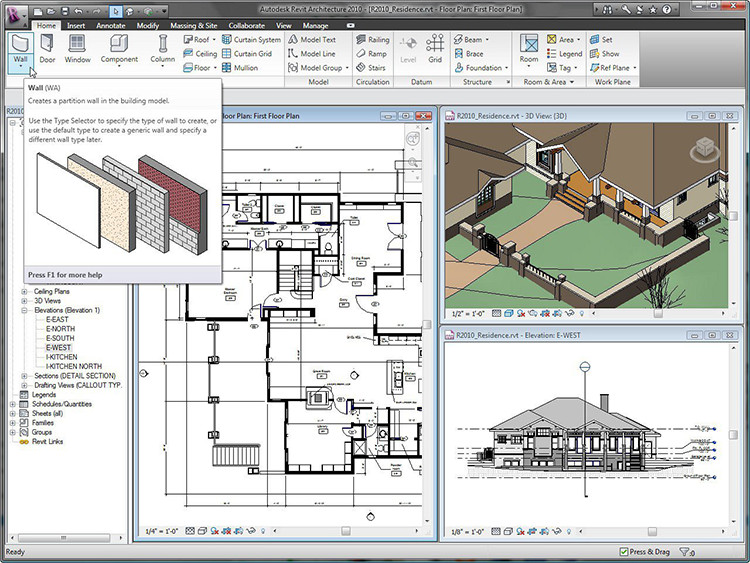

If your object is not part of the table below, proceed to rule 2. If you are unsure what this internal type is, this can be checked in the Revit API documentation (note: this requires some programming background knowledge to understand). The table below describes the internal type of Revit object, and how it is exported. It is not possible to override the rules described in this table in any way, and users are required to remodel the object using another method if they wish to get correct OpenBIM output. Revit has a series of hardcoded IFC export classes depending on the type of Revit object. The Revit IFC export code is far more nuanced, but it would take prohibitively long to describe all of the edge cases. Note that the rules described on this page are a simplification. Strap on your seat belts, because this is going to do your head in. If one rule cannot be satisfied, it moves on to the next rule until it finds a suitable IFC class. Revit follows a series of convoluted rules to determine what IFC class an object is exported as. 1.8 Rule 8: Check for particular hardcoded structural types.


All articles in the OSArch wiki related to Autodesk Revit can be seen in the Category:Autodesk Revit This page is Autodesk Revit documentation on implementing OpenBIM. The Industry Foundation Classes (IFC) Category includes all pages related to Industry Foundation Classes (IFC). This page is relevant to understanding Industry Foundation Classes (IFC).


 0 kommentar(er)
0 kommentar(er)
